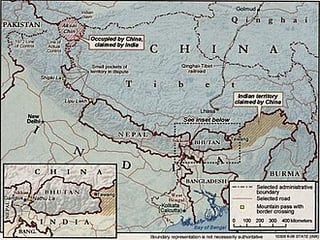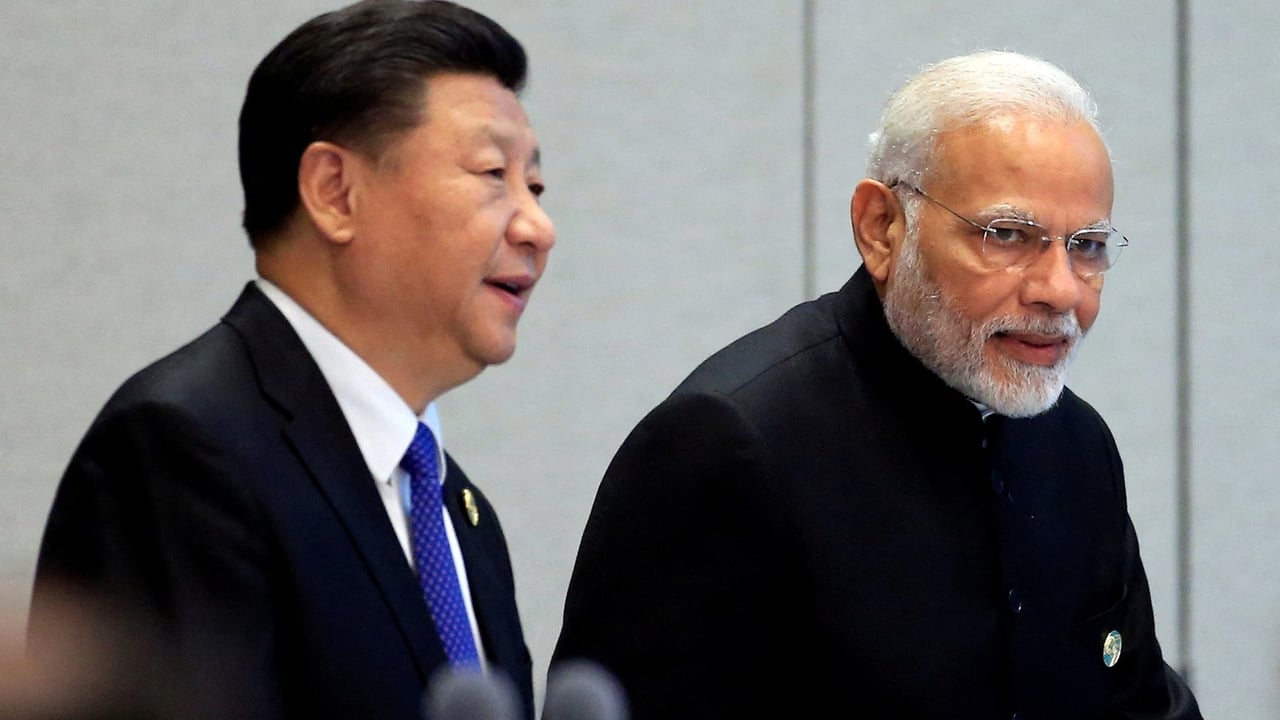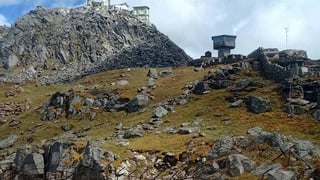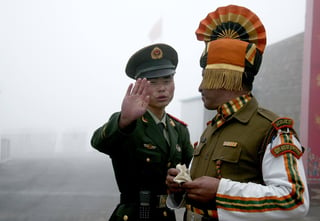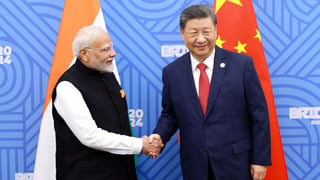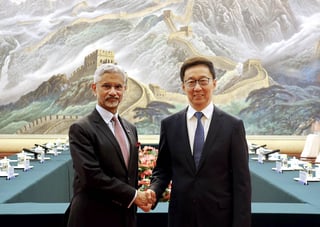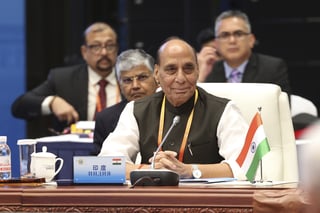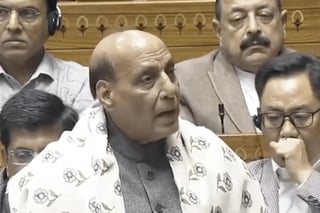The Line of Actual Control (LAC), in the context of the Sino-Indian border dispute, is a notional demarcation line that separates Indian-controlled territory from Chinese-controlled territory. The concept was introduced by Chinese premier Zhou Enlai in a 1959 letter to Jawaharlal Nehru as the "line up to which each side exercises actual control", but rejected by Nehru as being incoherent. Subsequently the term came to refer to the line formed after the 1962 Sino-Indian War. The LAC is different from the borders claimed by each country in the Sino-Indian border dispute. The Indian claims include the entire Aksai Chin region and the Chinese claims include Arunachal Pradesh. These claims are not included in the concept of "actual control". The LAC is generally divided into three sectors: the western sector between Ladakh on the Indian side and the Tibet and Xinjiang autonomous regions on the Chinese side. This sector was the location of the 2020 China–India skirmishes. the middle sector between Uttarakhand and Himachal Pradesh on the Indian side and the Tibet autonomous region on the Chinese side. the eastern sector between Arunachal Pradesh on the Indian side and the Tibet autonomous region on the Chinese side. This sector generally follows the McMahon Line. The term "line of actual control" originally referred only to the boundary in the western sector after the 1962 Sino-Indian War, but during the 1990s came to refer to the entire de facto border. From Wikipedia
